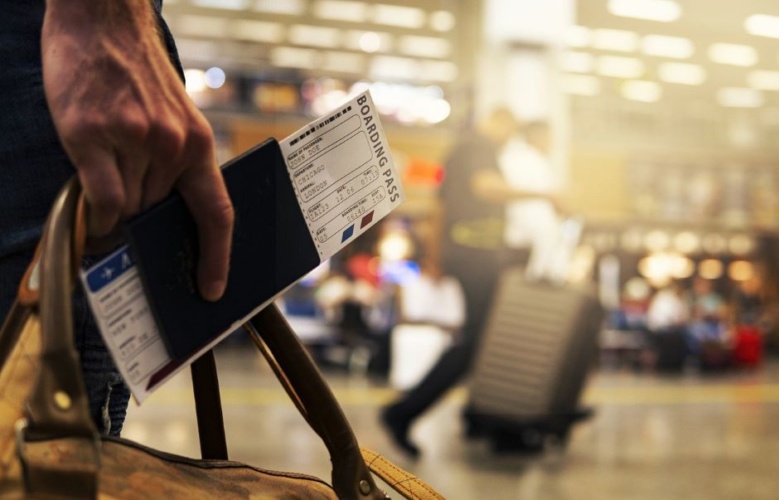
This is the claim of researchers at Kent University who have shown that OCT (optical coherence tomography) can perform quantitative, non-destructive, high-resolution sub-surface analysis of multi-layered identification document, with a high imaging throughput and high-density volume. The technology typically takes less than 10 seconds to detect counterfeit documentation.
Tiny edible tag could help fight counterfeit drugs
The study, detailed in Science & Justice , was carried out between the University’s Applied Optics Group, and the Forensic Group in the School of Physical Sciences, while working alongside Foster + Freeman, an Evesham-based forensics science technology company.
In their study, the researchers assessed the security features in specimen passports and national ID cards. The OCT technology is said to have exposed the documentation’s translucent structures, non-destructively enabling quantitative visualisation of embedded security features.
“OCT can preserve evidence which may be useful for criminal investigations,” said Foster + Freeman’s Dr Roberto King.
Fraudulent identity documents continue to be a concern for the UK government, with organised, transnational crime and the threat of criminals and terrorists crossing international borders undetected still a threat.
While an increasing number of security features have been introduced in the latest generation of identification documents - such as several layers of polycarbonate - this sophistication can make the ability to distinguish legitimate from counterfeit documents an ever-evolving challenge.
The Forensic Group’s Robert Green OBE, said: "As documents become harder to forge, so does the sophistication of forgery detection. Although more secure than their predecessors, the latest generation of identity documents manufactured using polycarbonate layers remain susceptible to counterfeiting.
“Fraudsters tend to adopt tactics such as copying paper or polycarbonate, reproducing documents and hologram images using sophisticated computer technology before re-laminating. Any of these tactics will affect the inner structure of a document, showing the importance of its subsurface characterisation and the benefit that OCT can provide to identify such tampering.”




Swiss geoengineering start-up targets methane removal
No mention whatsoever about the effect of increased methane levels/iron chloride in the ocean on the pH and chemical properties of the ocean - are we...